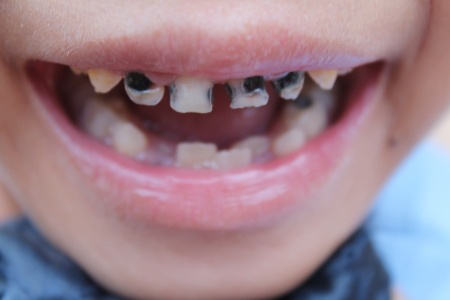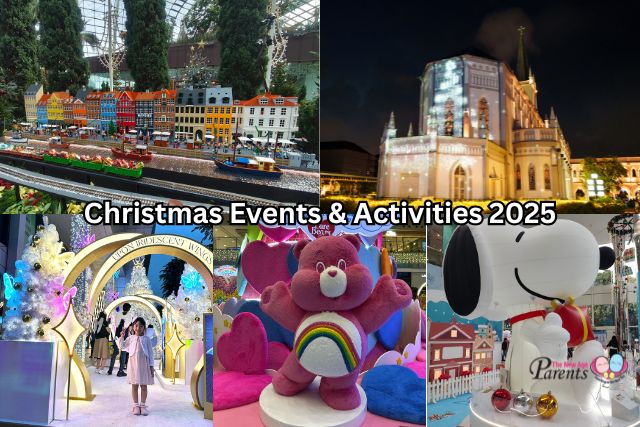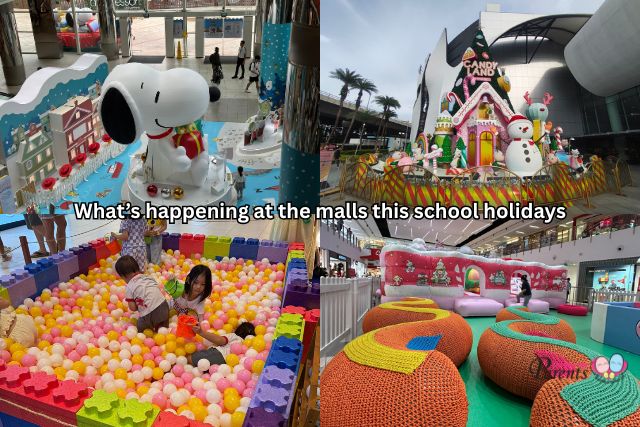When you hear the word “clubfoot”, what comes to mind?
For many of us, the word may conjure up images of a child with a deformed and twisted foot, who may never walk comfortably by his parents’ side or run on the playing field with his friends.
Thankfully, this is often not the case and is one of the many misconceptions about the condition, which is very treatable if detected early.
What does clubfoot look like?
Congenital Talipes Equino Varus (CTEV) is commonly known as clubfoot. The main symptom presented for clubfoot is the distinct foot shape from birth that looks like a golf club pointing downwards and twisted inwards.
 Photo credit: KK Women’s and Children’s Hospital
Photo credit: KK Women’s and Children’s Hospital
According to Dr Zackary Chua, an Associate Consultant in the Department of Orthopaedic Surgery at KK Women’s and Children’s Hospital (KKH), there are two types of clubfeet – positional and structural.
The positional type, which is caused by the position of the baby during pregnancy, is mainly the result of muscle imbalance or tightness in the womb. There is no bone or joint involvement. It can be easily corrected by stretching exercises after birth.
The structural type of clubfoot will require more long-term treatment, but can also be largely overcome. Here, the bone and joints of the foot are affected, such that the baby cannot put his foot through the regular range of motion. The exact cause of structural clubfoot is unknown, although it is associated with genetic and environmental factors.
While positional clubfoot can only be viewed at birth, structural clubfoot can be diagnosed during the antenatal scan at 20 weeks of pregnancy – however, the final outcome depends on the severity of the foot and the position of the fetus.
A common misconception is that clubfoot develops because of “no space in the womb”. This is completely untrue and concerns should be discussed with your treating doctor.
How can structural clubfoot be treated?
The good news is that structural clubfoot is highly treatable, although the process is certainly not easy for both the baby and his parents. Treatment should begin as soon after birth as possible, and is most effective within the first two weeks.
The increased flexibility at this young age allows for better manipulation of the joints. However, in the event of premature birth or other medical conditions, sometimes treatment has to be delayed.
Treatment is mostly non-surgical, and relies on the Ponseti technique. This involves a series of manipulation of the joints and subsequent cast immobilisation on the affected side of the baby. There are four to six cast changes requires weekly to fortnightly, for 6 to 8 weeks.
In some cases, to achieve full correction, the heel cord (Achilles tendon) has to be clipped (tenotomy) before the final cast is applied for three weeks. The baby will then be required to wear special shoes that keep the feet in position until the age of four.

Photo credit: KK Women’s and Children’s Hospital
Can clubfoot be completely overcome?
According to KKH figures, the incidence of clubfoot is about 0.5 cases per 1000 live births, and the rate of recovery is excellent. If parents are conscientious to keep up with the treatment and compliant with the doctor’s instructions, most babies with clubfoot can lead a normal life after treatment is completed. They will be able to run and walk properly and even participate in sports activities.
The affected lower limb may look slightly smaller than the “normal” side – this is actually not due to the treatment or cast, but one of the effects of the disease. In more severe cases, corrective surgery can help to balance the foot size.
Dr Chua highlights that a large part of the treatment’s success is based on the parents’ efforts to ensure that the special shoes are worn according to their doctor’s instructions and for the stipulated duration of time.
Sometimes, when an infant is undergoing a cast as part of the treatment, members of the public may unfairly judge parents for allowing their infant to be injured, and this can discourage them from continuing with the treatment procedures. However, relapse rates can be as high as 90% in the first year if the shoes are discontinued early.
What are some ways parents of clubfoot babies can find much-needed support?
Being a parent of a baby with clubfoot can be very challenging and, at times, emotionally overwhelming. Families with a baby diagnosed with clubfoot may consider joining one of the various support groups for parents, such as “SG Clubfoot Babies” which was started by parents of KKH patients.
Lastly, if you are a friend of someone whose baby has clubfoot, be mindful to be informed on the facts before you judge.
To an outsider, some of the treatment procedures can seem extreme or unnecessary, since most babies with clubfoot will cry during stretching exercises, casting or when they need to wear their special shoes, however, these are necessary steps for them to completely overcome this condition and be able to walk normally one day.
So give your friend the encouragement they need to keep their child going with the treatment, and celebrate every milestone achieved. Encourage them to go out with baby, and help them handle all the challenges that come up along the way. Every little bit of support counts for a lot!
By Dorothea Chow.
If you find this article useful, do click Like and Share at the bottom of the post, thank you.
Like what you see here? Get parenting tips and stories straight to your inbox! Join our mailing list here.






















































